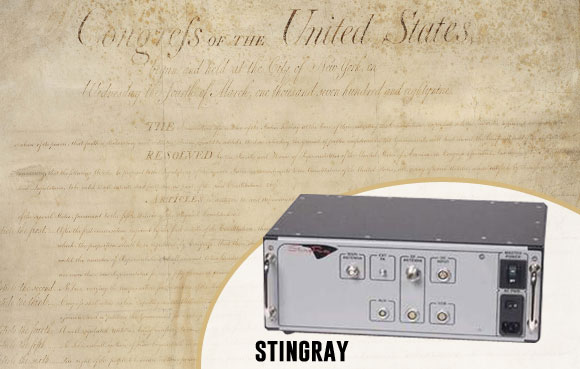

while using a stingray can lead to the solving of a crime, it must still be used in full accordance with the Fourth Amendment and privacy laws.
— John A. DeMarr PI
LOS ANGELES, CA, UNITED STATES, October 15, 2017 /EINPresswire.com/ — Surveillance technology has increased by leaps and bounds over the past decade, often without the public’s awareness of what new methods law enforcement now has at its disposal. A case in point is the so-called “stingray”, a semi-portable device that, by mimicking the actions of a cellular tower, makes it possible to intercept signals from cell phones and other wireless devices. This cellular communications interception technology (to use its official name) makes it possible to pinpoint the location of a particular cell phone. However, any and all data that would go through a cellular tower go through the stingray, meaning that the device gives its users the capability of listening in on conversations.
While that may sound like the kind of wiretap law enforcement has been using legally for decades, there is a difference: the stingray picks up every signal in the area, not just those of the suspect police have under surveillance. While it is true that the police have no interest in all these other conversations and make no effort at listening to or recording them, the fact remains that bystanders’ cell phones are the objects of stingray surveillance.
This and other aspects of such powerful surveillance technology have raised eyebrows with privacy advocates. (The ACLU filed an amicus brief the first time the stingray’s constitutionality was brought up in court.) The greater the technology’s capabilities, the greater the jeopardy for privacy rights: while using a stingray can lead to the solving of a crime, it must still be used in full accordance with the Fourth Amendment and privacy laws.
The State of California put in place a number of laws applying to stingrays, the very existence of which had been kept secret for the first several years they were in use. These requirements are designed to ensure that the public be aware of the existence and use of the technology. A 2015 law requires that law enforcement agencies divulge the intention to acquire a stingray at a public meeting, and that information about the device’s use be posted online.
A recent Los Angeles Times investigation found that at least nine law enforcement agencies in California possess a stingray (including the LAPD and the LA County Sheriff), and that they all have made some effort at complying with state laws. That said, only two agencies held public meetings prior to acquiring the technology, and the information about the use of cellular communications interception technology posted online is not of uniform quality.
To the LAPD’s credit, I was able to locate the information about the technology on their website fairly easily. The posting consists of a special order signed by the Chief of Police in February, 2017, which states that “this technology must be used in a manner consistent with the requirements of the Constitution and all applicable statutory authorities.” This is implemented by the need to obtain both a search warrant and permission from the Commanding Officer of the Major Crimes Division in order to employ a stingray.
Most of the online document is devoted to the procedure to be followed when applying for a search warrant. While that makes sense in the context of an order written for internal department use, it really doesn’t fulfill the public’s right to be apprised of how the LAPD uses the technology. The posted order also implies that stingrays are only used to locate a person through a cell phone. There is no mention of the equipment’s other capabilities. Even if these are not employed by the LAPD, the public certainly should be made aware that the police department has in its possession a device that allows listening in on bystanders’ cell phone conversations.
The advances in technology for both law enforcement and private investigators have been enormous over the past decade, with new and more powerful equipment constantly arriving on the market. With these new possibilities for investigation and surveillance comes responsibility. We do not inhabit a dystopia in which Big Brother Is Watching; nothing could be less American. Devices like the stingray can provide law enforcement with invaluable information about a suspect; they still need to be used with circumspection and an understanding of both the letter and spirit of the Fourth Amendment. When used with sensitivity to the privacy guaranteed all Americans by the Constitution, advanced surveillance technology can offer Americans the kind of protection it was designed to provide.
Stingrays are not available to private detectives or the general public, although the surveillance equipment at our disposal is becoming more sophisticated as well. At John A. DeMarr PI, we appreciate the value of new technology, but we are also committed to its legal and ethical use. We operate according to a private investigator’s professional code that recognizes the law and appreciates its Fourth Amendment values.
John DeMarr
John A DeMarr, P.I.
877 493 3463
email us here
![]()
This Article Was Originally Posted at www.einnews.com